Prototypage Rapide
Model Based Design
Plan:
Model Based Design
- Model
De la simulation au programme embarqué
- Différences temporelles
- type de données et optimisation
Model Based Design (MDB)

Model Based Design (MDB)

Model Based Design (MDB)

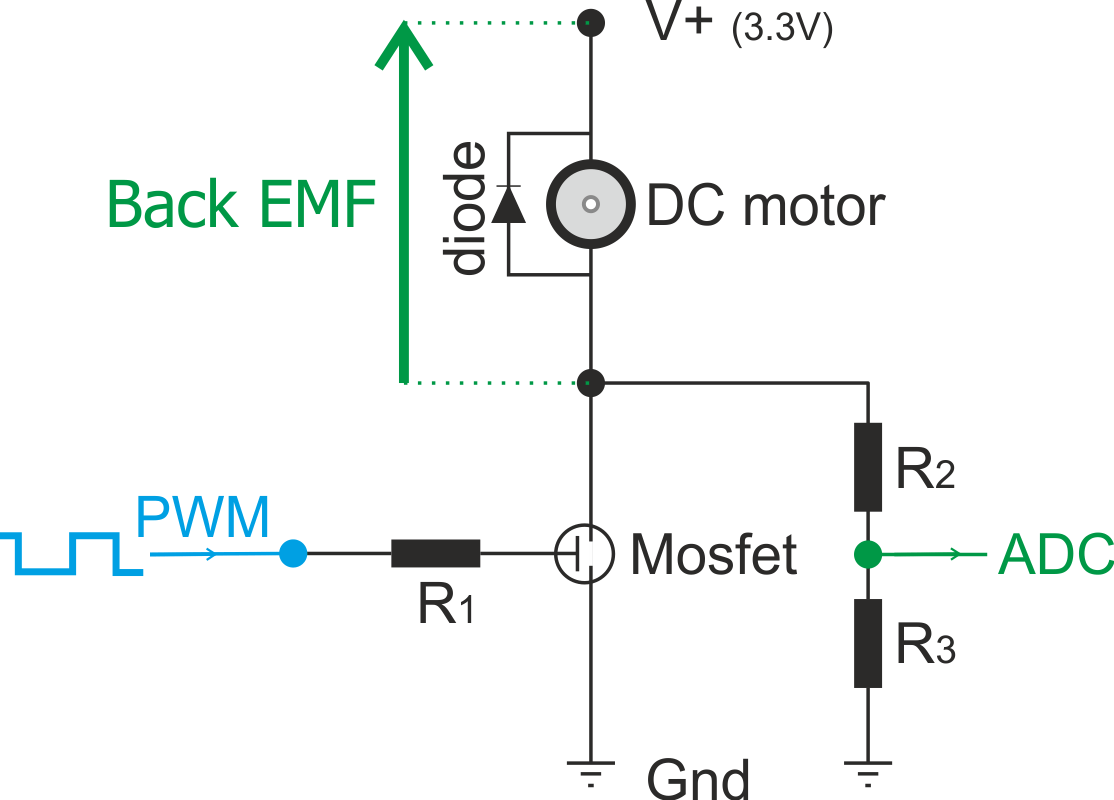
Model Based Design (MDB)

Model Based Design (MDB)
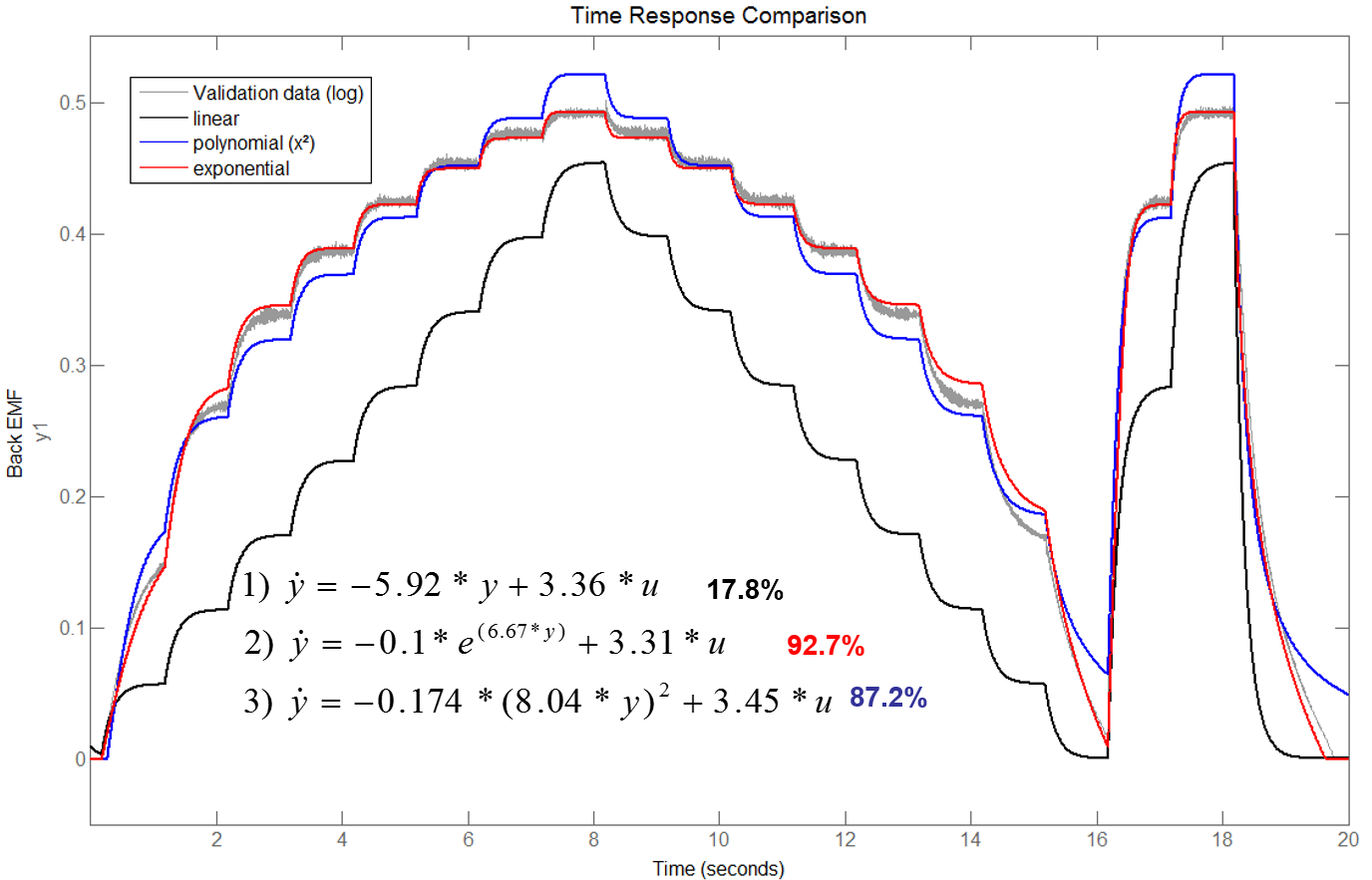
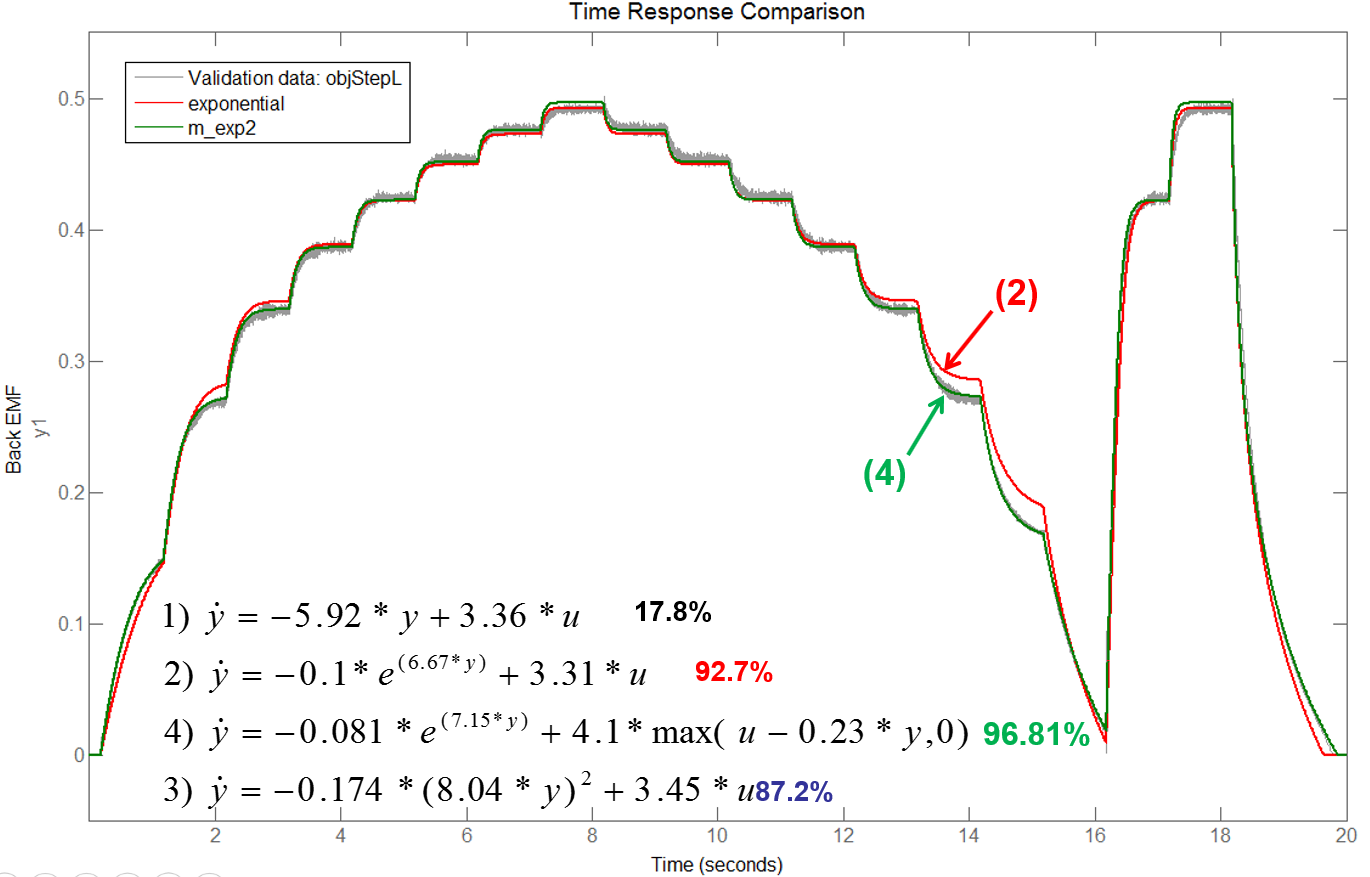
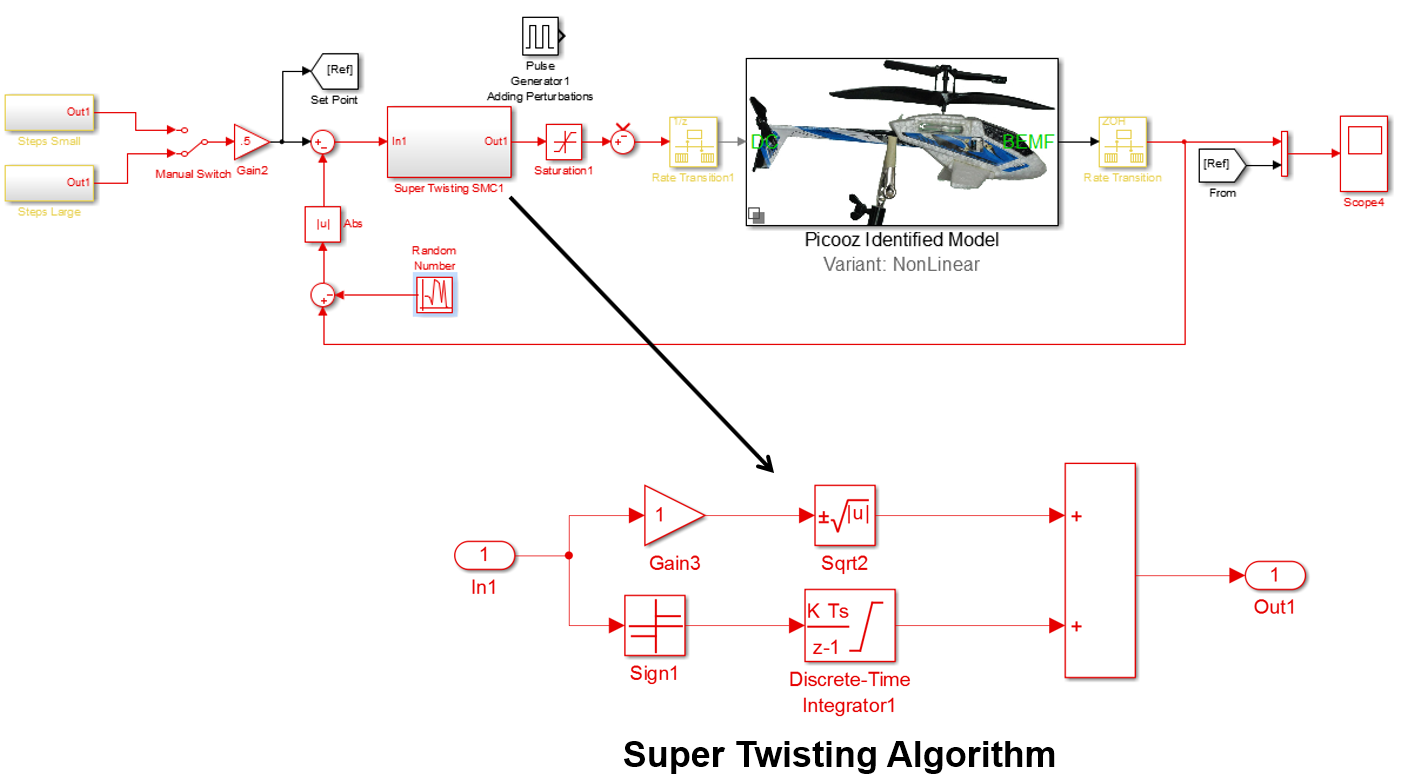
Model Based Design
- Identification
- Simulation / synthèse commande
- Test
TP: Validation du modèle de moteur DC fournit
- log de command & réponse
- Simulation comparaison
- commande avec modèle moteur vs
- système réel
TP: Validation du modèle de moteur DC fournit

De la simulation au programme embarqué
Pendule inverse
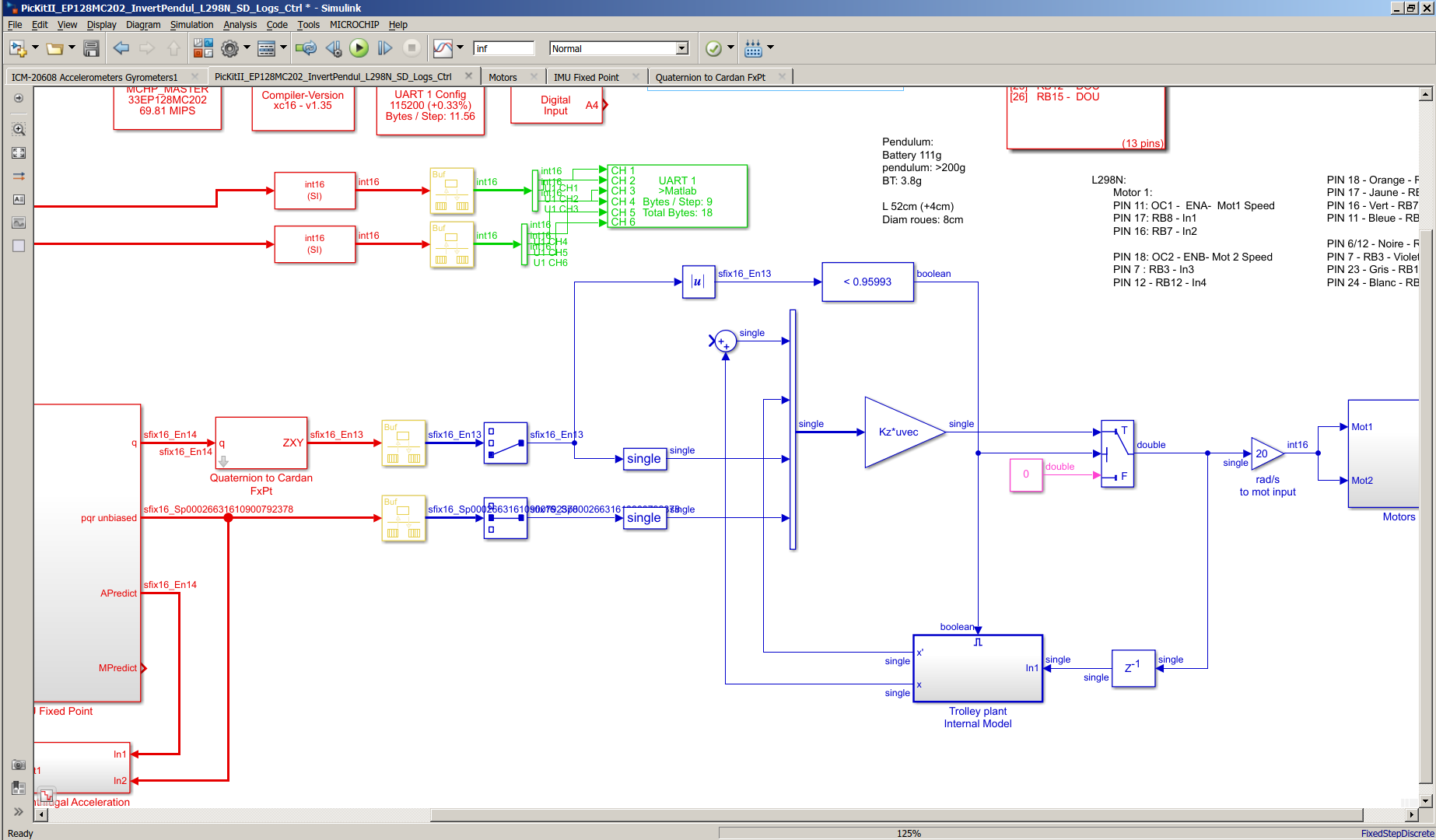
Aspect Temporel:
Simulation
Modélisation en temps continue:
transformé de Laplace en p (s)
- Solver résoud les équations différentielles
- approximation numérique
- Pas de contraintes temps réelle
- différent solveurs (Runge-Kutta, ODEx,…)
Aspect Temporel:
Implémentation
Implémentation en temps discret:
“pas” de calcul fixe
- pas de solveur
- Contrainte temps réel
- model Single-Rate & Multi-Rate
- implementation Single-Tasking & Multi-Tasking
Discrete times
Single-rate:
- Les blocks ont tous la même période d’exécution (Même couleur)
Multi-Rate
- Les blocks peuvent avoir des périodes d’exécution différentes (Schéma multicolore)
Modèle multi-rate
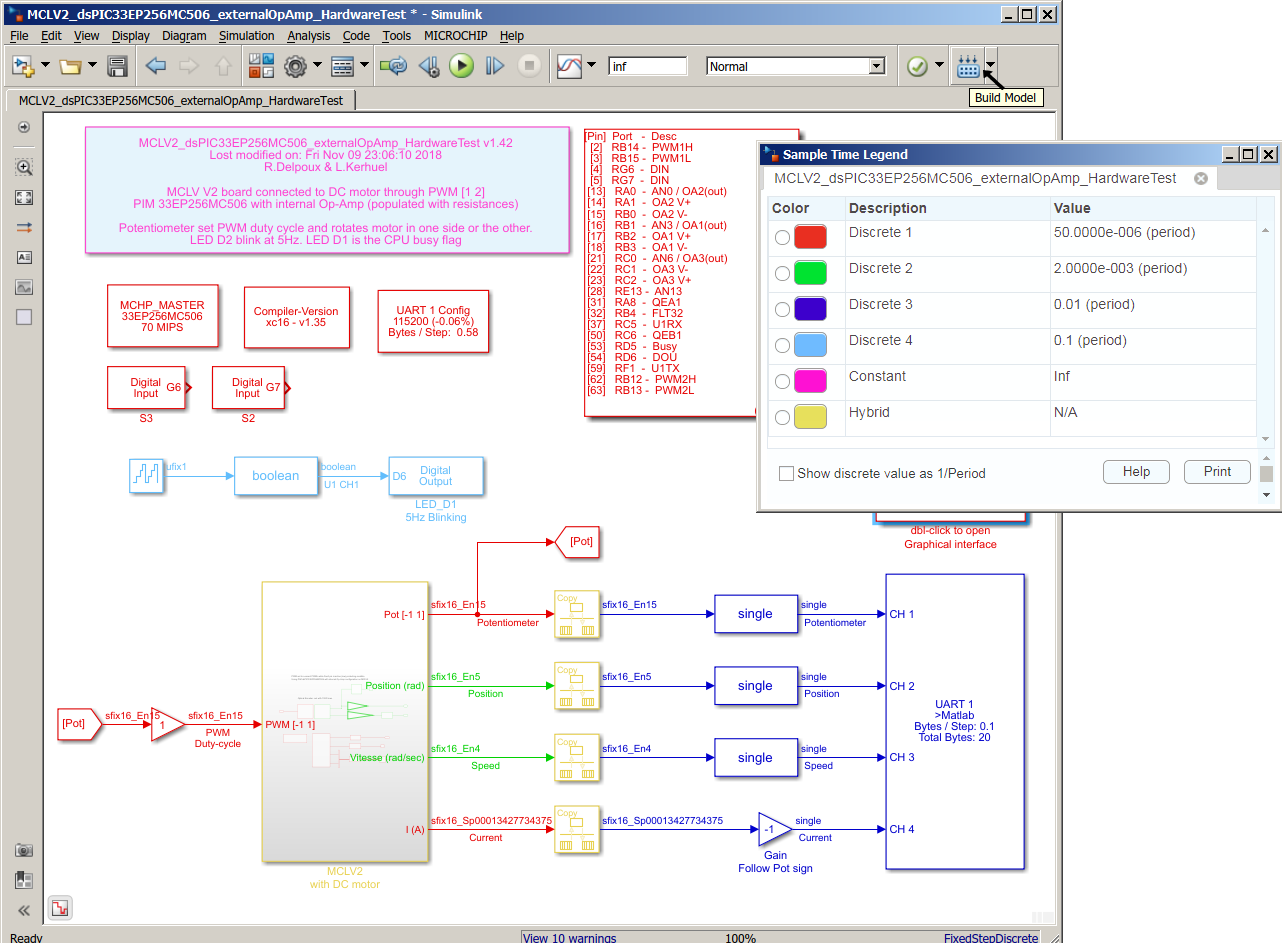
Charge CPU d’un modèle multi-rate single-tasking (@70 mips)
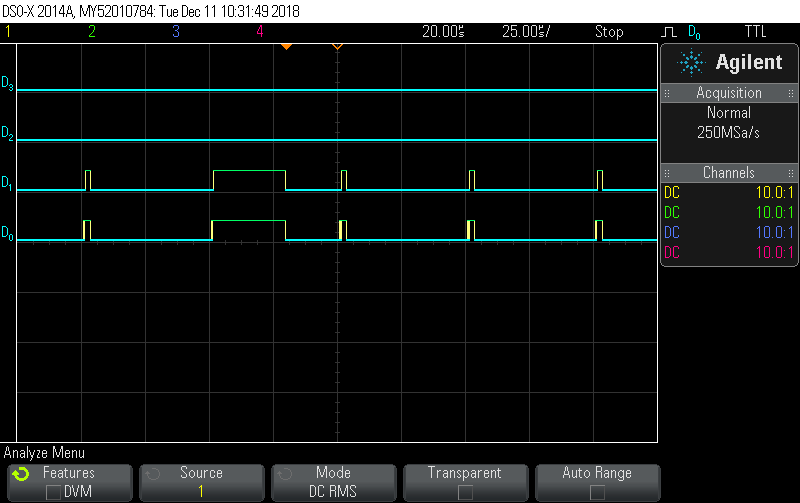
Charge CPU d’un modèle multi-rate single-tasking (@20 mips)
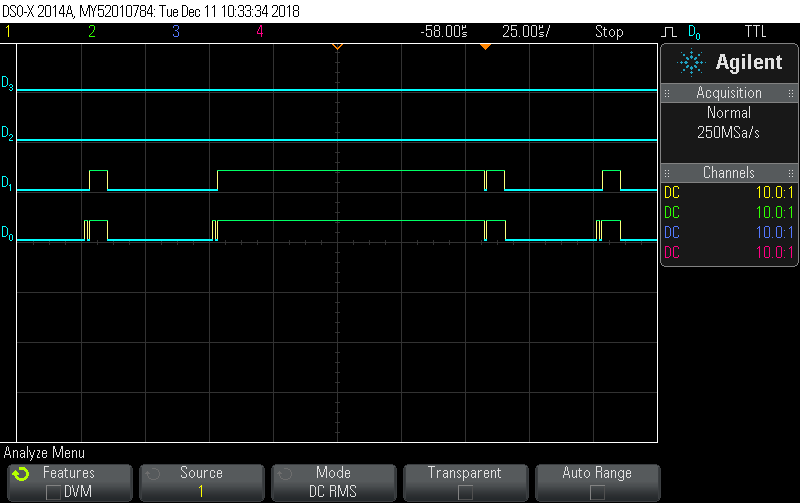
Single-Tasking
Single-Tasking: Dans le slot de temps, l’exécution de tous les blocks doit se terminer avant la fin du slot.
Multi-Tasking
Multi-Tasking: Préemption possible -> Monotonic Rate Scheduler
- La tâche la plus fréquente à la priorité maximale
- Préemptera une tache plus lente
- Beaucoup plus flexible
- Mode par défaut (voir options du solveur)
Charge CPU d’un modèle multi-rate multi-tasking (@70 mips)
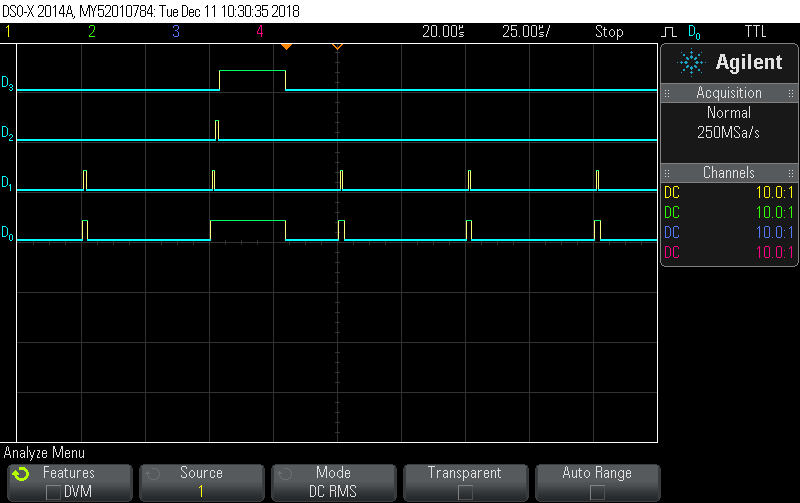
Charge CPU d’un modèle multi-rate multi-tasking (@20 mips)
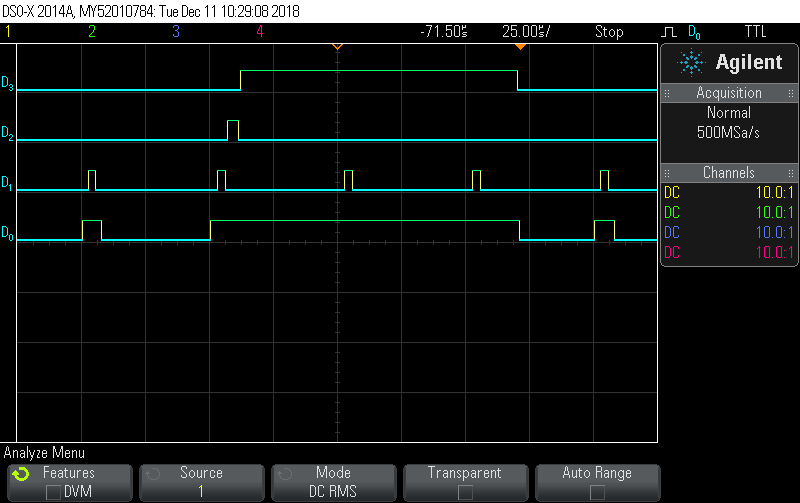
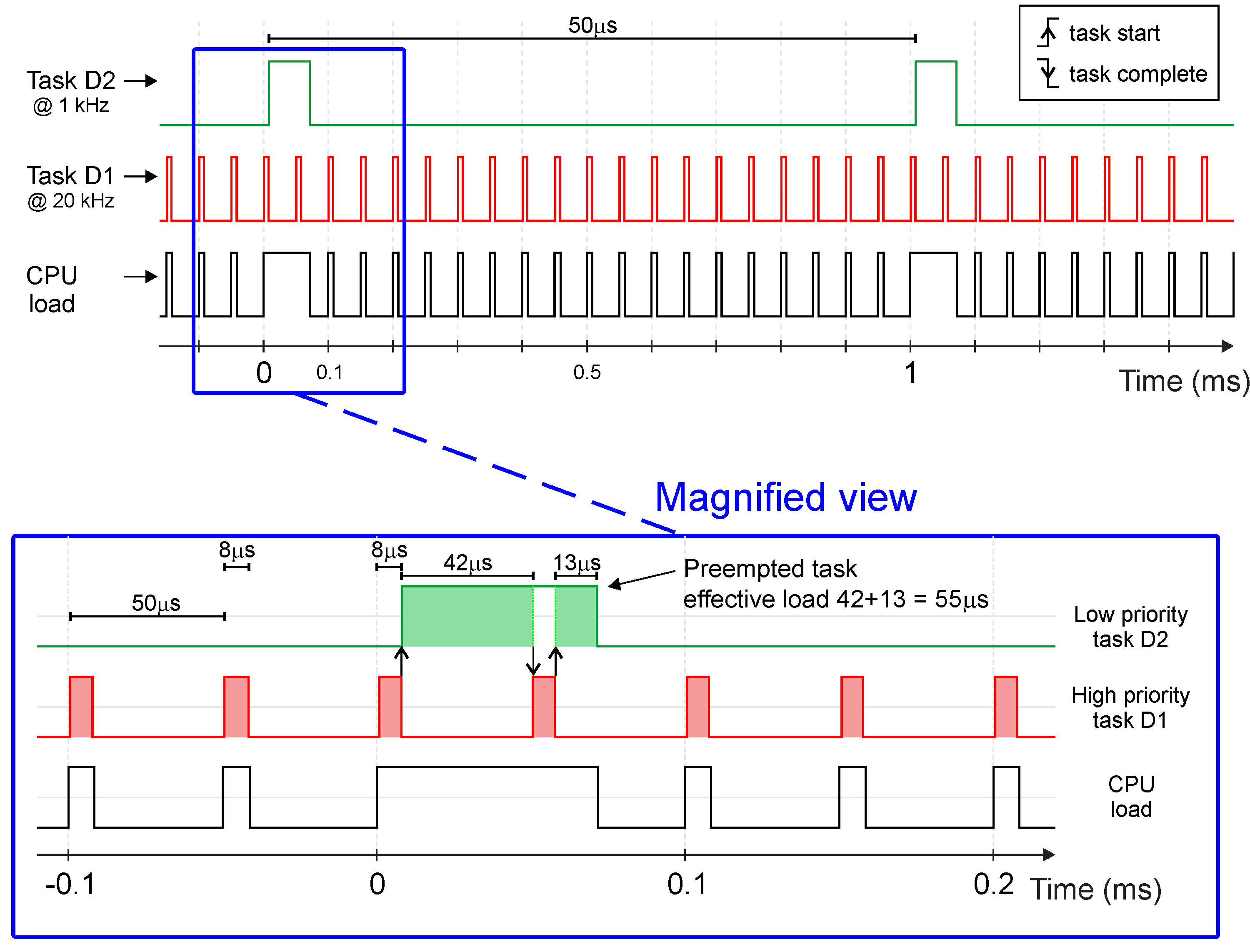
Tasking Conclusion
Single-Tasking @ 20 MIPS -> Overload
- dispatcher la tache la plus lente sur plusieurs slots
- (option d’offset dans Time Step -> [.001 .005])
Multi-Tasking @ 20 MIPS -> Ok
- Rate transfert block options
- Data Integrity
- Deterministic data transfert
- Rate transfert block options
Optimisation
type de données
- Virgule Fixe
- Virgule Flottante
Virgule fixe
int8
$\underbrace{1}_{sign\ (1)} \ \underbrace{1111111}_{mantisse\ (7)} * \underbrace{slope}_{\text{LSB value}}$
$v = (mantisse-sign*128) * slope $
plage: $\pm 2^{7} * slope$
2 digit [0-9] significatifs
Virgule flotante
Single (32 bits)
$\underbrace{1}_{sign\ (1)} \ \underbrace{11111111}_{exponent\ (8)} \ \color{yellow}{1}\underbrace{11111111111111111111111}_{mantisse\ (23)} $
$v \approx (1-2 sign) * mantisse * 2^{exponent-127}$
plage: $\pm 2^{128} = \pm 3.4*10^{38}$
7 digit [0-9] significatifs
| IEEE 754 | Single | Double |
|---|---|---|
| Format width | 32 | 64 |
| Sign bit | 1 | 1 |
| exponent width | 8 | 11 |
| Precision width | 23+1 | 52+1 |
1st phantom bitof the significand is always 1.
Virgule flotante
Custom (8 bits)
$\underbrace{1}_{sign\ (1)} \ \underbrace{1111}_{exponent\ (4)} \ \color{yellow}{1}\underbrace{111}_{mantisse\ (3)} $
$v \approx (1-2 sign) * mantisse * 2^{exponent-127}$
plage: $\pm 2^{128} = 3.4*10^{38}$
0.9 digit [0-9] significatifs
Custom 8 bit Floating point
| Parameter | Single | Double | Custom |
|---|---|---|---|
| Format width | 32 | 64 | 8 |
| Sign bit | 1 | 1 | 1 |
| exponent width | 8 | 11 | 4 |
| Precision width | 23+1 | 52+1 | 3+1 |
Script Matlab pour tester un flottant 8 bits
% 4 bit exponent (signed)
emin = -7; emax = 6;
% 3 bits significand
p = 3;
exps = 2.^[emin:emax];
vals = (2^p) + [0:(2^p-1)]; % significand with leading 1
TotalVal = vals'*exps;
% add denormalized values
8bitFloat = unique([TotalVal ; 2^emin * [0:(2^m-1)]']);
8bitFloat = unique(flipud(-TotalVal) ;TotalVal]); % with neg vals
Simulink
Data-type
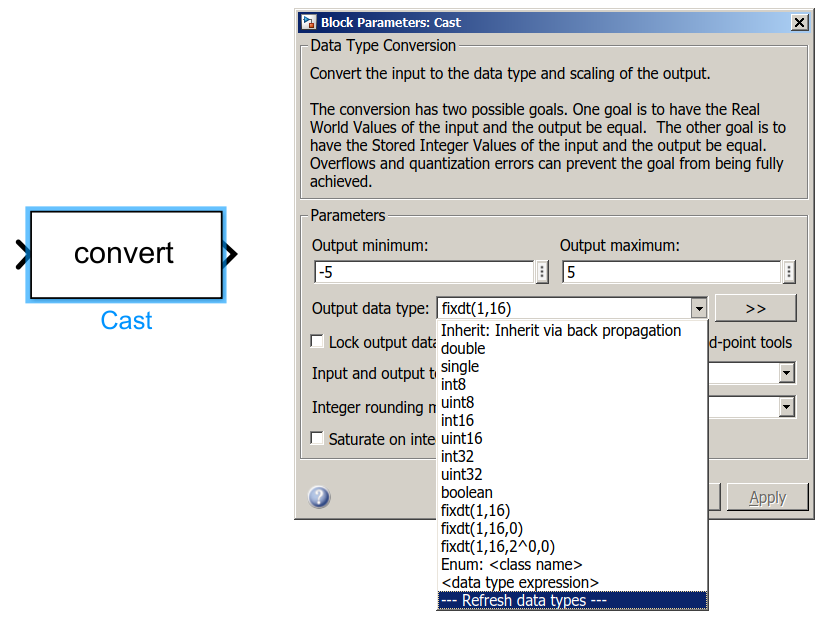
Data-type notation
- int8…uint23
- fixdt(1,16)
- signed (1)
- 16 bit width
- Scaling is derived from defined min & max
- fixdt(1,16,15)
- Scaling is En15 (Exp neg $\rightarrow 2^{-15}$)
- fixdt(1,16,-15)
- Scaling is E15 (Exp $\rightarrow 2^{15}$)
Datatype notation

- fixdt(1,16,.01,0)
- Scaling is sfix16Sp01
- Slope point 01
- Scaling is sfix16Sp01
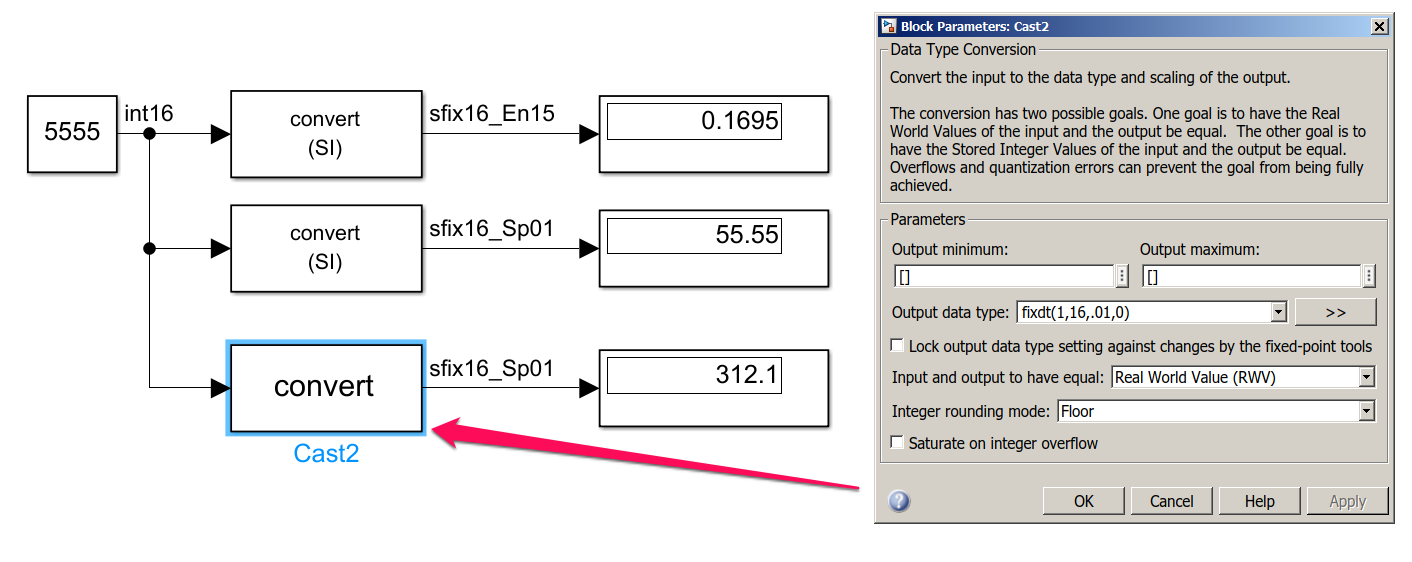
- SI: Stored Integer
- RWV: Real World Value
TP
download
Elements de correction
Liens:
Slide control:
- Next:
Right ArroworSpace - Previous:
Left Arrow - Start:
Home - Finish:
End - Overview:
Esc - Speaker notes:
S - Fullscreen:
F - Zoom:
Alt + Click
